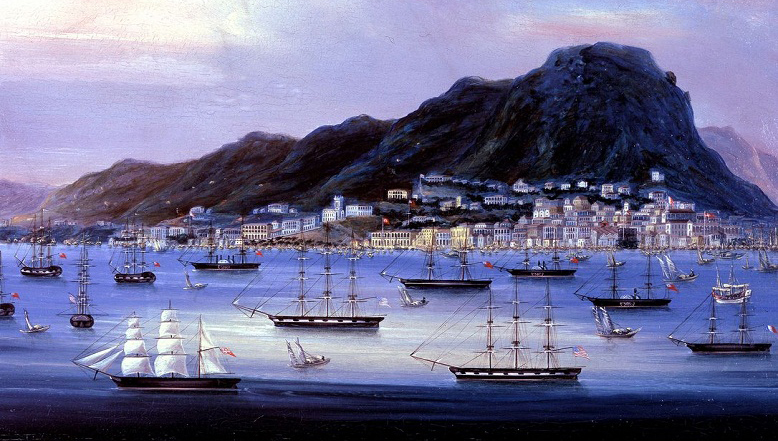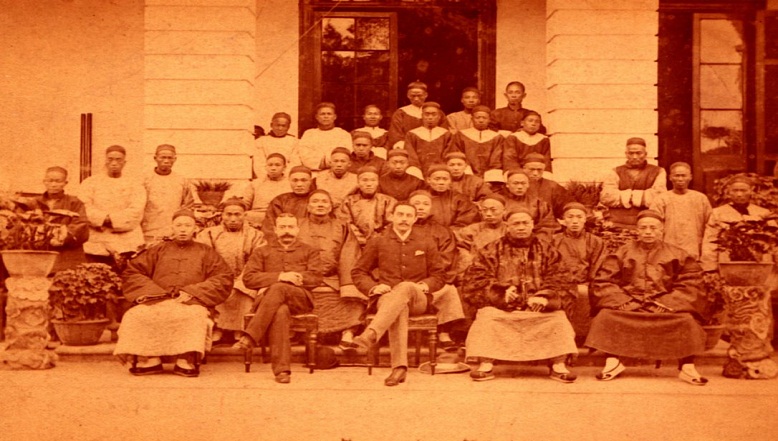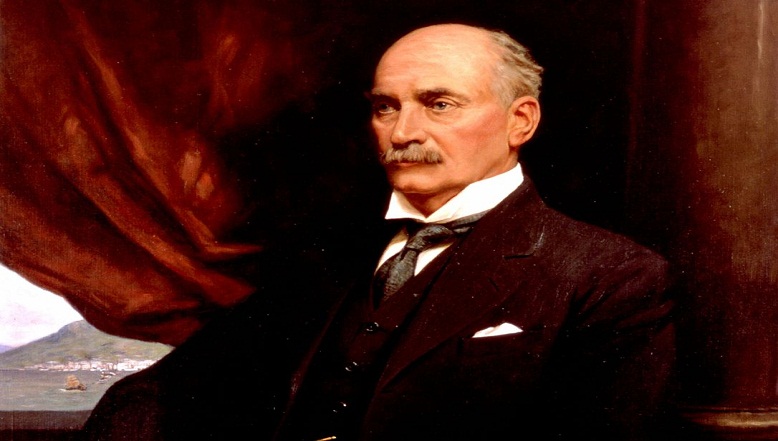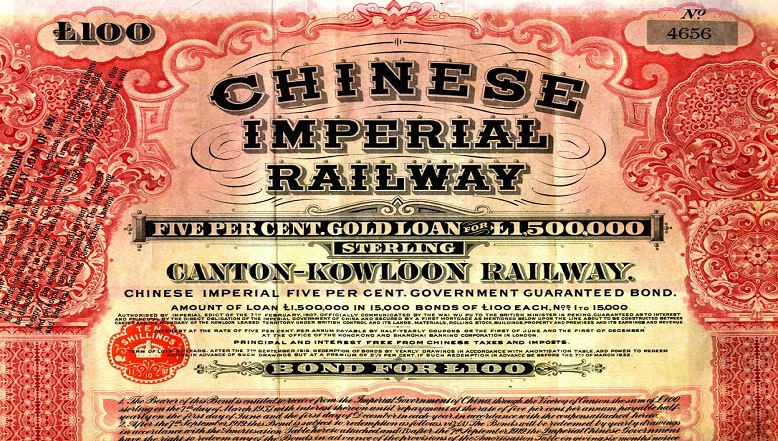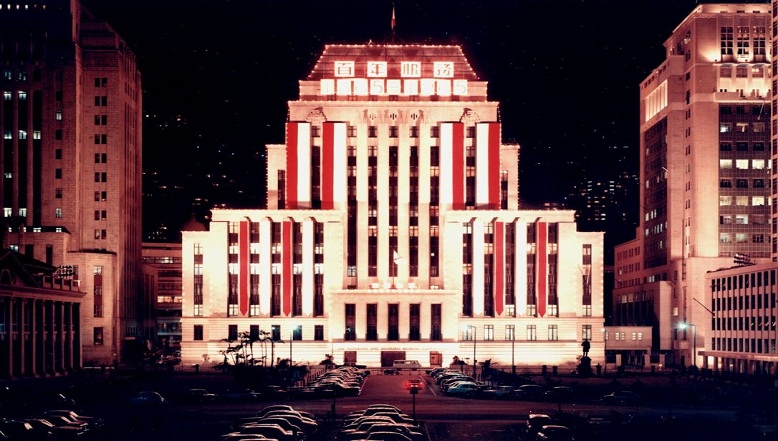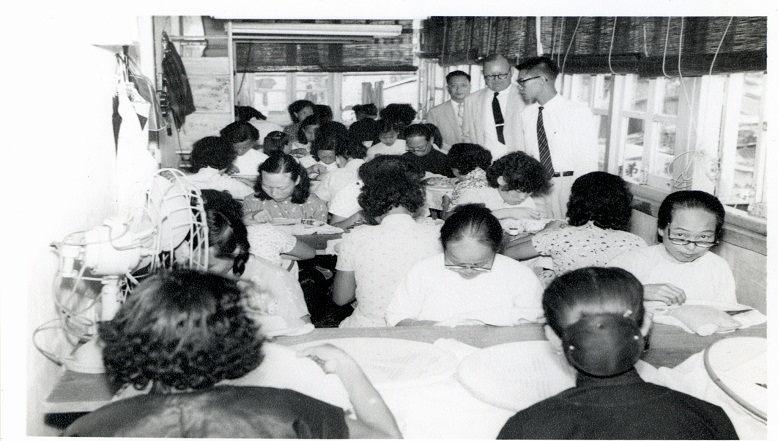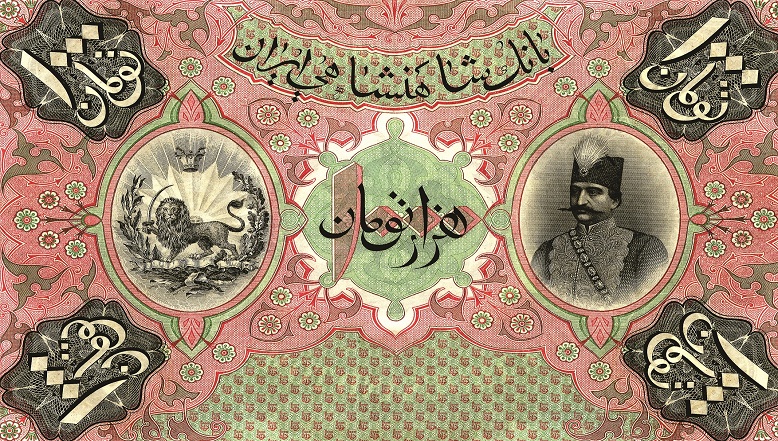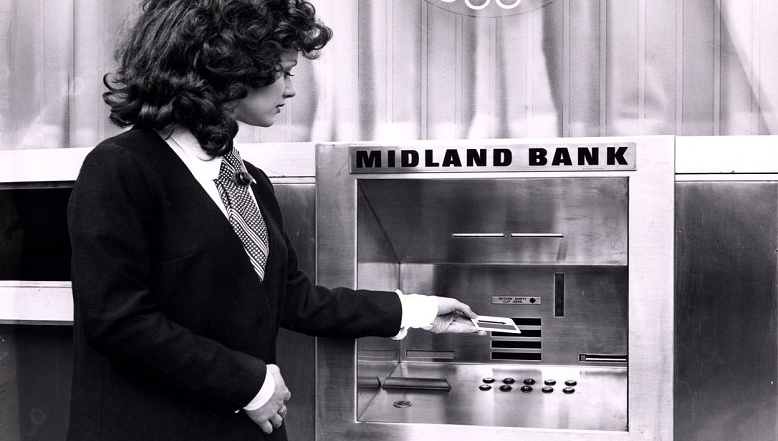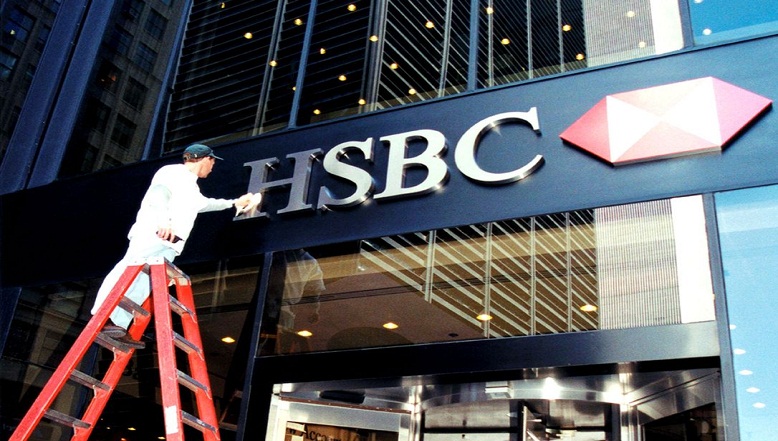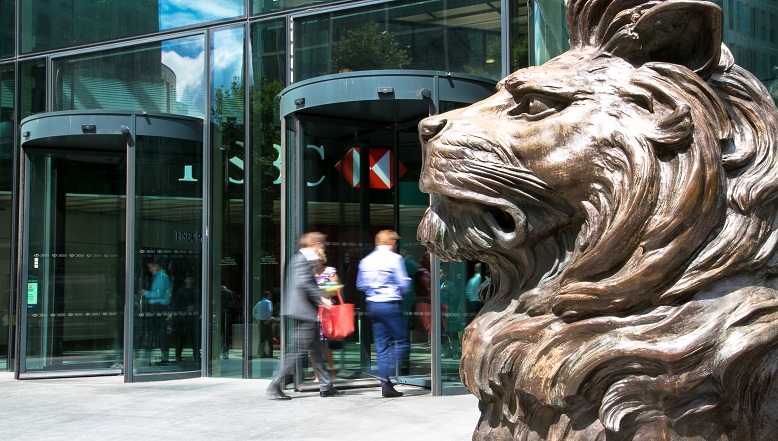The Hongkong and Shanghai Banking Corporation Limited opened in Hong Kong on 3 March 1865 and in Shanghai one month later. It was the first locally owned bank to operate according to Scottish banking principles.
HSBC in Oman

Our services
HSBC Middle East Ltd - Oman Branch is an onshore wholesale banking business with deposit-taking, credit and lending capability for public sector and wholesale clients.
We offer local and foreign currency vanilla corporate and transactional banking products and services. The offering covers Global Payments Solutions, Global Trade Solutions, Financing & Advisory, Global Markets and HSBC Securities Services.
Our core focus is international wholesale clients in order to connect Oman with opportunities around the world and vice versa.
Our branch
Office 106, 1st Floor
HSBC Salam Square (North Tower)
Dohat Al Adab Street
Muscat
Our CEO
Elie Maroun El Asmar
Our history in Oman
We have been present in Oman since 1948 and for two decades we were the only bank operating in the country. Over the years we have delivered a number of ‘firsts’ for Oman, including assisting with the first issue of the Omani currency in 1970.
In June 2012, HSBC Bank Middle East’s Oman operations merged with Oman International Bank, an institution with a rich heritage, which was listed on the Muscat Securities Market. The new bank was renamed HSBC Bank Oman S.A.O.G.
From 2012 until August 2023, we were represented in Oman by HSBC Bank Oman S.A.O.G.
In 2023, HSBC Oman completed a merger with Sohar International Bank. Following the merger, in May 2024, HSBC Bank Middle East Limited-Oman Branch opened its doors, beginning a new chapter of HSBC’s presence in the Sultanate. The branch connects internationally focused enterprises in Oman with the rest of the world and vice versa.
Our branch in Oman
Take a tour of our new wholesale branch in Muscat, where our teams are supporting the needs of our Global Banking and Commercial Banking clients in the Sultanate.
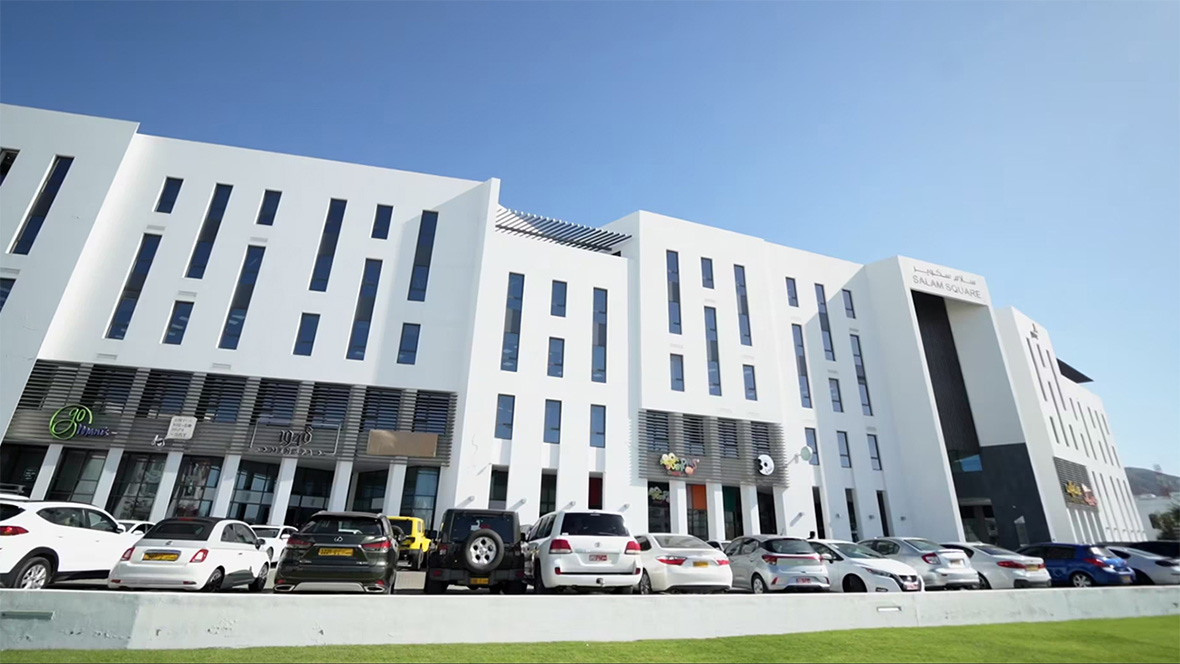

It’s difficult to define the value of art Opens in new window
The urge to collect art is driven by very different desires to those behind building a stock or bond portfolio, says Russell Prior.

Making alternatives accessible matters Opens in new window
The democratisation of alternative investments is positive as it will open up opportunities for private wealth investors, says William Benjamin.

New investment solutions needed to finance electricity grids Opens in new window
New investment solutions are needed to upgrade and expand electricity grids at the rate required – for both energy security and the global energy transition, says Randolph Brazier.
